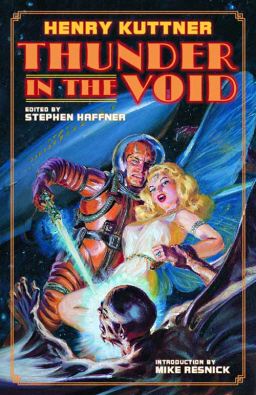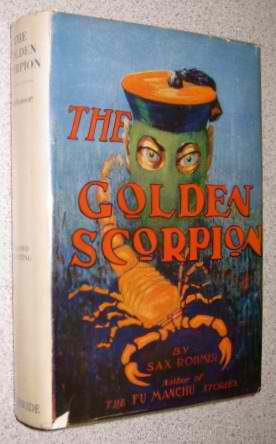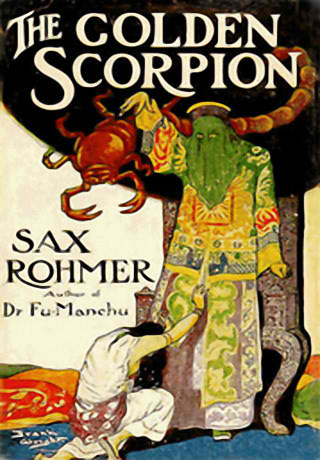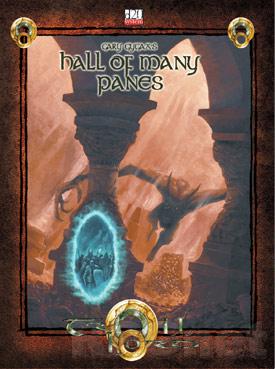A Wiscon Reading Report: The Best in Upcoming Fantasy
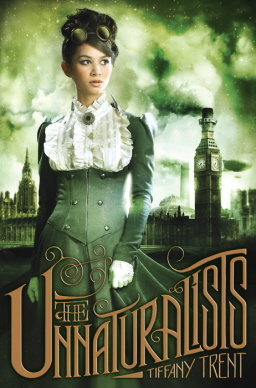 Last weekend I drove to Madison, Wisconsin, for Wiscon, one of the best SF conventions in the Midwest. My travel companions were four young women, and the two-hour drive from Chicago was filled with enthusiastic discussions of My Little Pony, how to cook kale, the most satisfactory sexual positions, and who that hot-looking agent was. When I wasn’t driving I sat in the back and kept my mouth shut.
Last weekend I drove to Madison, Wisconsin, for Wiscon, one of the best SF conventions in the Midwest. My travel companions were four young women, and the two-hour drive from Chicago was filled with enthusiastic discussions of My Little Pony, how to cook kale, the most satisfactory sexual positions, and who that hot-looking agent was. When I wasn’t driving I sat in the back and kept my mouth shut.
You can learn a lot about life by keeping your mouth shut. For example, I learned I definitely need to check out My Little Pony.
I learned some important stuff at Wiscon, too. Wiscon has some pretty heavy panels, with titles like Intersectionality and Feminist Community, Dogmatic Rationalism, and Performing Katniss in Print and On Screen: Gender Performativity and Deconstructing Reality TV in The Hunger Games.
No, I didn’t learn what any of those things meant. The first thing I learned at Wiscon was: Don’t volunteer to be on panels. It’s like picking my teeth with a golf club — it’s painful, and it makes me look stupid.
But the second thing I learned was: Wiscon has the best reading program on the continent. And if you’re not listening to talented authors reading their work, you’re wasting your precious hours here on Planet Earth.
So I packed my hours with as many readings as I could. At the last two Wiscons I simply followed the brilliant C.S.E. Cooney — the Queen of Wiscon, and her most gifted reader-poet — as readings seemed to spontaneously spring forth wherever she wandered. But this year she was in Ottawa giving a command performance at the most prestigious venue in the country, Canada’s National Art Centre, so we were forced to rely on our own devices. When there weren’t any readings, my driving companions and I simply created our own. In the process we were introduced to some of the hottest new writers on the fantasy scene, and several really terrific new, upcoming, or wholly undiscovered SF and fantasy novels.
Below is a list of the best of the best.
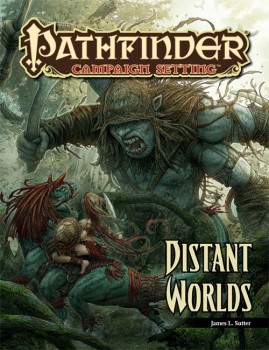
 Before getting into Men in Black Part the Third, I must retract a promise made in an earlier post, where I
Before getting into Men in Black Part the Third, I must retract a promise made in an earlier post, where I 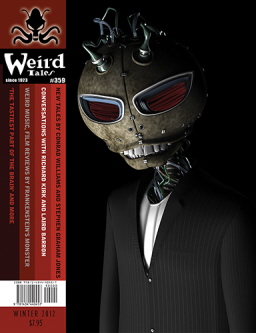
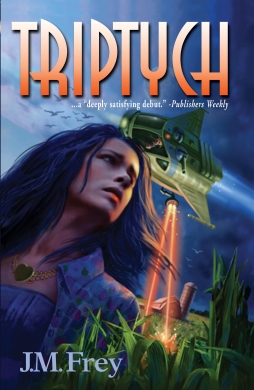 Triptych
Triptych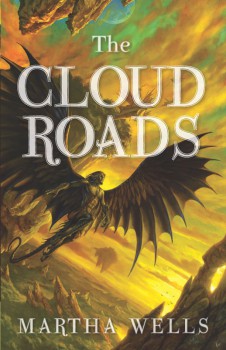 The Cloud Roads
The Cloud Roads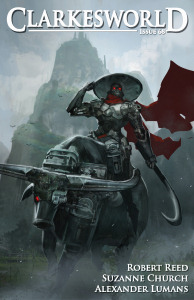 The May issue of Clarkesworld is currently
The May issue of Clarkesworld is currently 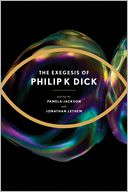 ramblings. While I tend to think all this stuff really is the result of a bad acid trip, Critchley as a professor of philosophy for the most part keeps a straight face. Some of you may laugh out loud not only at the source material, but the attempt at exegesis.
ramblings. While I tend to think all this stuff really is the result of a bad acid trip, Critchley as a professor of philosophy for the most part keeps a straight face. Some of you may laugh out loud not only at the source material, but the attempt at exegesis.